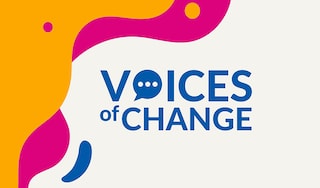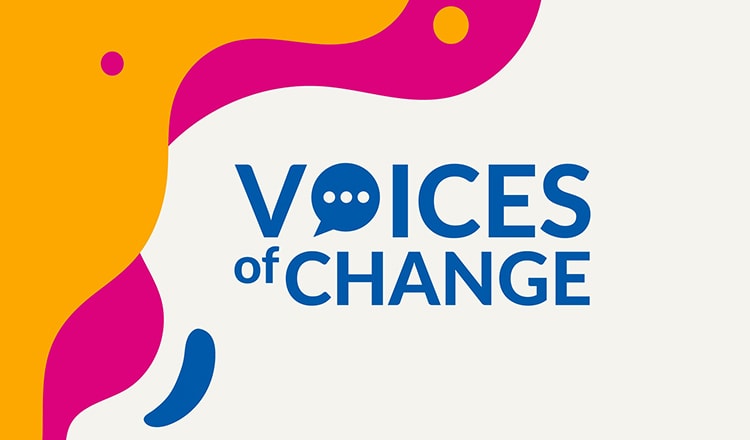To be a successful business in the COVID-19 era, good leadership and communication have never been more important. Despite the distress of the past year, there have been many positives in business to offset the upheaval. For instance, many professionals around the world have become even closer to their senior management teams, strengthening the sense of togetherness that’s critical in these trying times.
Providing opportunities to share experiences
In a large organization, it can be tough for those working outside the C-suite to gain access to senior leaders, with many “links” in the chain of command between entry-level employees and senior management. Varying workloads and responsibilities at all levels can contribute to the building of barriers, leaving little opportunity for mingling across functions or ranks. The pandemic has thrown more potential obstacles into this area by putting physical distance between colleagues—due to either social distancing or employees working from home.
With video meetings now more commonplace, live streams are also being utilized by some companies as a great internal communications tool to inform and inspire employees. During my country’s initial lockdown, several colleagues and I were invited to an informal e-coffee chat with one of our senior management team. It was a great opportunity to get to know one of the company’s leaders better on a professional and personal level. I personally gained some valuable tips through him sharing his thought processes, and I think that hearing our perspectives may have been useful to him as well.
Breaking down barriers helps maintain motivation
One challenge we continue to face as the pandemic rolls on is maintaining motivation. When employees are unmotivated, productivity can be affected. With so many distractions and anxieties creeping into our working day, it can be hard to keep up that vigor. After taking part in the livestream coffee chat, I felt more motivated and included in our company mission.
In a pre-pandemic world, barriers within the workplace were commonplace and, it should be acknowledged, there are many good reasons for having them. However, the pandemic has changed everything and we have been given an opportunity to hold up a mirror to ourselves, both as individuals and as companies, and ask, “do these barriers still serve us?” It may be that they no longer make sense in our “new normal”.
It’s good to talk: Embracing communication platforms
For companies to ride out the storm of the pandemic—and its knock-on effects on the economy—an open and honest dialogue in the workplace is vital. I’ve been heartened by our senior leaders’ frequent communications and the company’s active concern for our wellbeing. By sharing information with staff, they have reduced miscommunication, a likely challenge in an environment where people are cut off from physically meeting.
Since leaving the office to work from home, my colleagues and I have been using, for example, our intranet, as well as Yammer, Microsoft Teams, Slido, and WhatsApp to communicate. Personally, my favorite tool has been the internal social networking service Yammer, newly embraced by my company’s internal communications team. It has provided a platform for colleagues around the world, at any level, to share important announcements, positive news, and galvanize support.
We have been given an opportunity to hold up a mirror to ourselves, both as individuals and as companies, and ask, 'do these barriers still serve us?'
PMI isn’t alone in using tools such as this, as many other companies have reported how it has successfully brought employees together at such a challenging time. It has allowed me to quickly communicate with colleagues across the company I previously wouldn’t have known how to reach. It has also given me the confidence and platform to reach out to more senior colleagues I felt I wouldn’t have been able to access so easily pre-pandemic.
Internal social networks such as Yammer also allow us to widen the scope of how we communicate within the business. Employees can share more engaging content besides the usual questions and answers. I was asked to record a short video about myself for a “Day in the Life” segment, which gave an insight into my role and myself personally. This introduced me to a wide range of colleagues from markets across the world, further building bridges within the company.
Looking back over the past year, I can safely say I feel more connected to the company and my colleagues than ever before. It has been commendable to see how PMI, and indeed other companies, have pulled together during this difficult time. The way team members of all levels have stepped up is a testament to their flexibility and empathy. This willingness to embrace change, and break down barriers that would ordinarily stand in our way, sets us up for a positive future.
Philip Morris International is changing. To help us shape our future, we need the best talent to join us. Check out our current job opportunities.
Top photo posed by models. © Getty Images.











